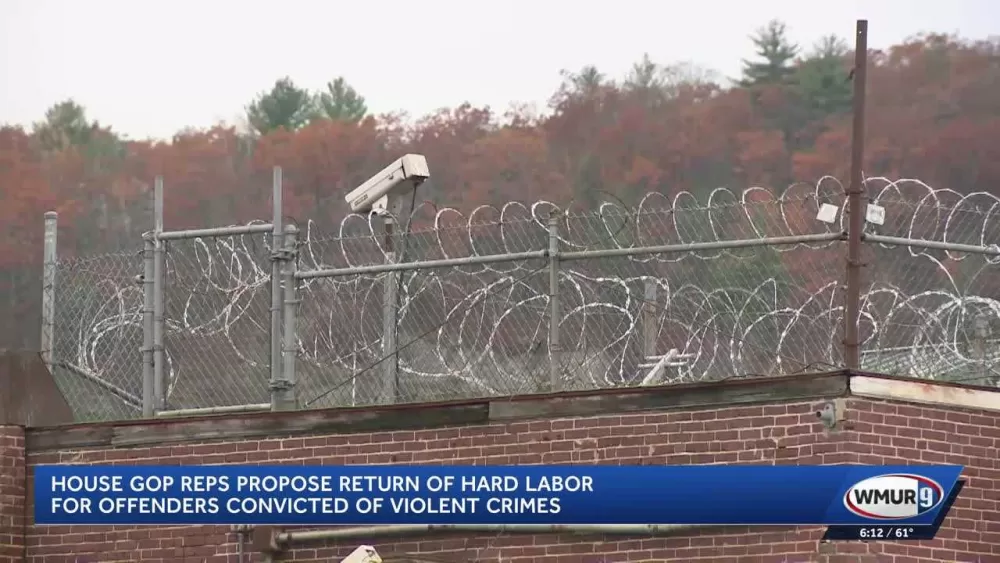White House Demolition? Treasury's Unprecedented Image Ban Sparks Confusion and Laughter
Share- Nishadil
- October 22, 2025
- 0 Comments
- 3 minutes read
- 31 Views

Treasury Department Censors Images of White House 'Demolition' — Wait, What?
The Treasury Department has issued a peculiar directive, banning the sharing of images depicting the 'demolition' of the White House, stirring debate and amusement among observers. Is it real, or just government being... government?
In a move that has left many scratching their heads and a few chuckling, the U.S. Treasury Department has reportedly issued a rather peculiar directive: a clampdown on the sharing of images depicting the 'demolition' of the White House. Yes, you read that correctly. While the notion of America's iconic executive mansion being torn down is certainly a headline grabber, the reality, as always, is a touch more nuanced—and arguably, more amusing.
The core of this baffling decree, sources suggest, isn't actually about the hallowed main residence itself.
Instead, it concerns the ongoing (and very public) deconstruction of a nearby edifice: the Eisenhower Executive Office Building (EEOB), a grand structure adjacent to the White House complex. For years, the EEOB has housed various presidential staff and offices, its distinctive architecture a familiar sight in Washington D.C.'s landscape.
Its current renovation and partial demolition are, by all accounts, an open secret and a visible construction project.
Yet, the Treasury, in its infinite wisdom, seems to believe that visual evidence of this architectural transformation should be kept under wraps. The directive, supposedly aimed at both the general public and, quite remarkably, the press, restricts the dissemination of photographs and videos of the EEOB's dismantlement.
The rationale behind this unprecedented ban remains somewhat shrouded in bureaucratic mystery, though whispers of 'national security concerns' and preventing 'misinformation' have surfaced. One might wonder, however, what existential threat a picture of a crane moving rubble could possibly pose.
Critics and bemused observers are quick to point out the inherent difficulties, if not outright futility, of such a prohibition in the age of instant digital communication.
With smartphones in every pocket and social media platforms designed for immediate sharing, attempting to control the visual narrative of a publicly visible construction project in the nation's capital feels less like strategic oversight and more like an elaborate, if unintentional, comedy sketch. It harks back to an era when information control was a far simpler endeavor, a bygone time before every citizen became a potential photojournalist.
Historically, significant changes to federal buildings, including demolitions and renovations, have often been documented and shared without such dramatic intervention.
The demolition of the Old Executive Office Building, for instance, was a public spectacle with widely available imagery. This recent Treasury directive, therefore, stands out as an oddity, prompting questions about its true purpose. Is it a genuine, albeit misguided, attempt to manage public perception, or simply another classic example of governmental overthinking?
As the EEOB continues its metamorphosis, one can only imagine the clandestine efforts of citizens trying to snap a forbidden photo, or journalists wrestling with the ethics of reporting on a visually restricted event.
In a city built on transparency (at least in theory), this latest development adds a peculiar, almost whimsical, layer to the ongoing saga of official pronouncements and public curiosity.
.Disclaimer: This article was generated in part using artificial intelligence and may contain errors or omissions. The content is provided for informational purposes only and does not constitute professional advice. We makes no representations or warranties regarding its accuracy, completeness, or reliability. Readers are advised to verify the information independently before relying on







